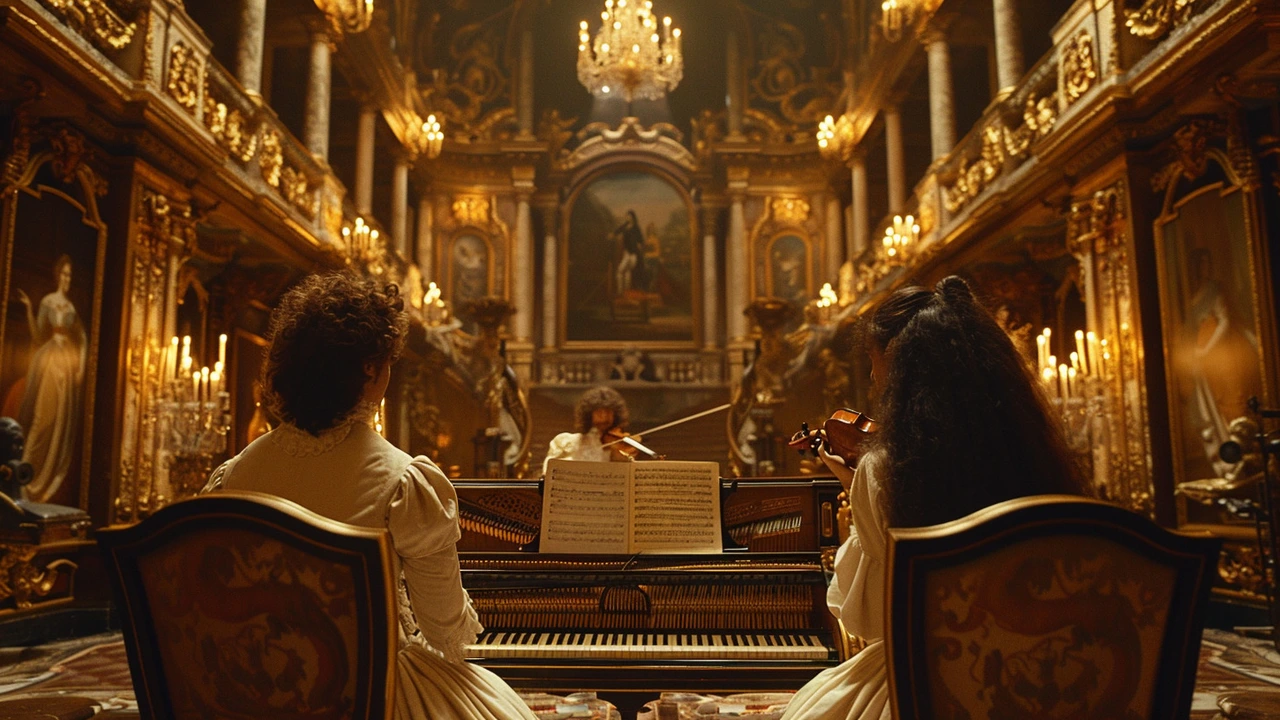French art: styles, movements, and must-see works
French art changed how the world thinks about painting, sculpture, and design. It mixes lavish palace interiors, bold public monuments, subtle decorative objects, and provocative modern paintings. This tag gathers keys to major French movements and simple tips to recognize them.
Start with quick visual signs. Rococo shows light curves, small scale, playful scenes and lots of gilding. Baroque pushes drama with heavy contrasts, deep shadow, and dynamic figures. Neoclassical returns to order with columns, symmetry, and restrained decoration. Impressionism focuses on light, loose brushwork, and everyday scenes captured instantly.
Architecture follows similar shifts. Beaux-Arts blends sculpture, grand staircases, and ornate roofs while Art Nouveau wraps facades in floral ironwork and flowing lines. You can spot these features on museums, train stations, and private houses.
Dates help a lot. Rococo rises in the early 1700s, Neoclassicism grows during the late 1700s and early 1800s, and Impressionism appears in the late 1800s. Art Nouveau peaks around 1900 before modern movements shift taste again.
When you visit a museum, move past labels to study brushwork and composition. View paintings from a few meters back to see how color and light work together. For buildings, step across the street and scan the whole facade before zooming into details.
Small objects teach fast. Look at handles, mirrors, table legs and lamps to find the movement behind a room. Rococo furniture often has cabriole legs and carved shells; Neoclassical pieces favor straight lines and classical motifs.
French influence spread worldwide through colonial buildings and exported taste. You will see Beaux-Arts city halls in North America, Art Nouveau details in Prague, and Rococo objects in museums almost everywhere.
Use a camera and a short notebook on walks. Photograph motifs that repeat and jot quick notes about color, subject, and materials. Those notes make pattern spotting easier when you compare buildings or objects later.
If you want reading suggestions, check posts on Beaux-Arts, Art Nouveau, Rococo decor, and Baroque architecture on this site. Each piece offers examples, identification tips, and short histories that help you connect style to stories.
Want a quick exercise? Pick three nearby buildings or two paintings, note five visual clues for each, and match them to movement traits. Do this on short walks and you will learn faster than reading alone.
French art is not only old masters and museums. Modern and contemporary French artists still argue with traditions while borrowing old tricks, which makes study rewarding. Keep a curious eye and the next street or gallery visit will teach you something new.
Ready to explore? Start with our tagged articles, compare images, and bring a notebook on your first walk. You will spot French art in unexpected spots once you know what to look for.
Try identifying a favorite feature each week. Share notes with friends or online to compare finds and sharpen your eye. Explore deeper posts for restoration tips, travel guides, and practical IDs.
Keep a sketchbook, take photos, and ask questions often.

Exploring Rococo: The Golden Age of French Art
Rococo, often considered the golden age of French art, emerged in the early 18th century. This style is known for its ornate details, playful themes, and light-hearted elegance. The movement spread beyond France, influencing various European art forms. This article delves into the origins, characteristics, notable artists, and lasting impact of the Rococo period.
Read more